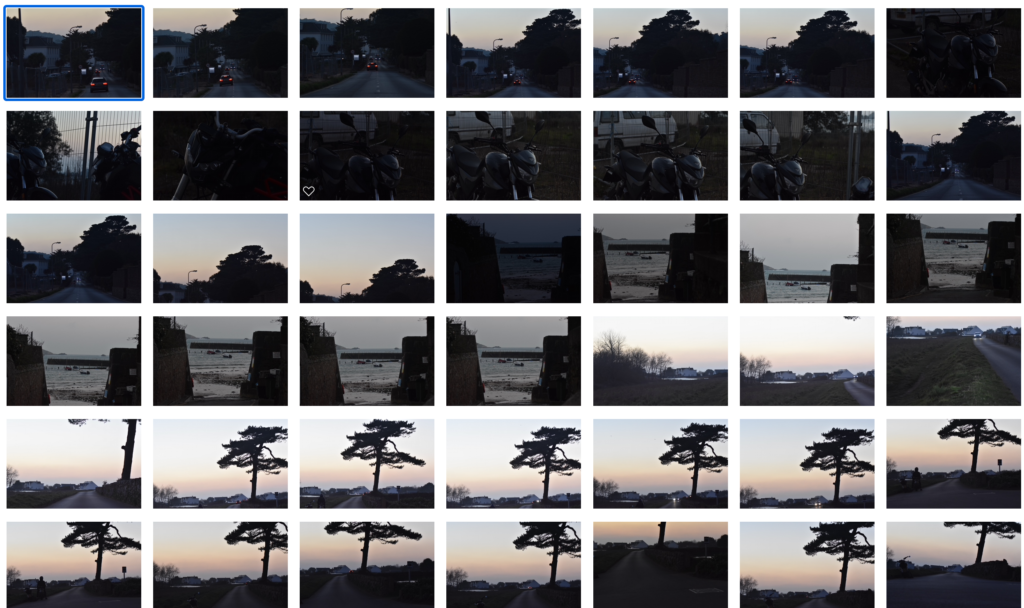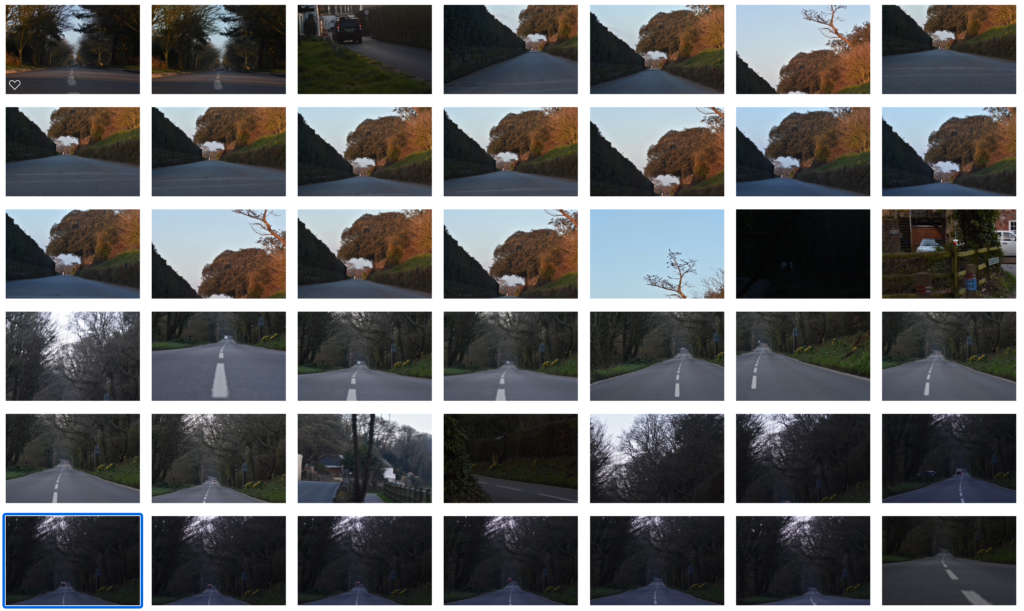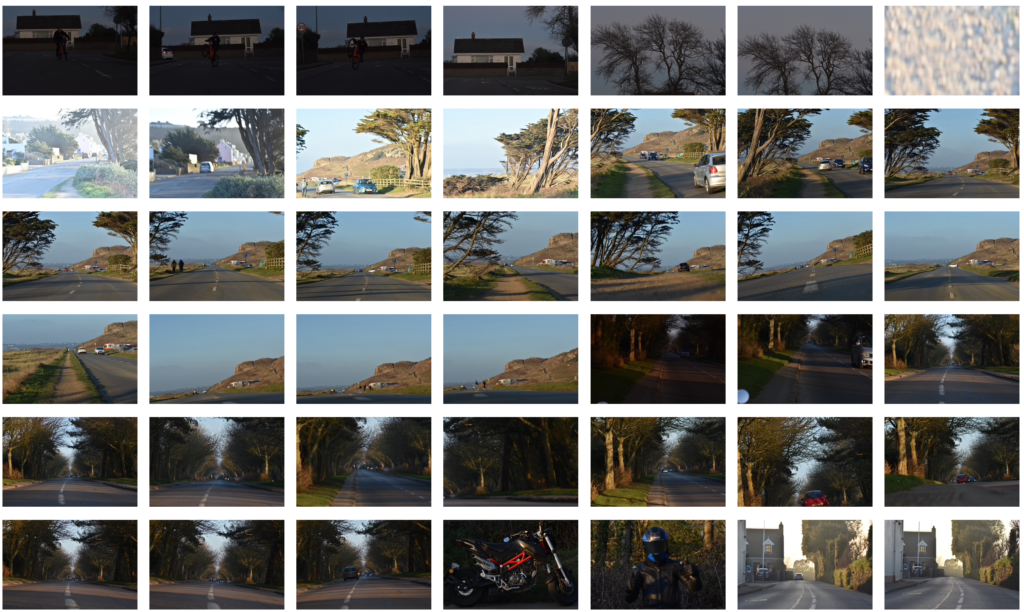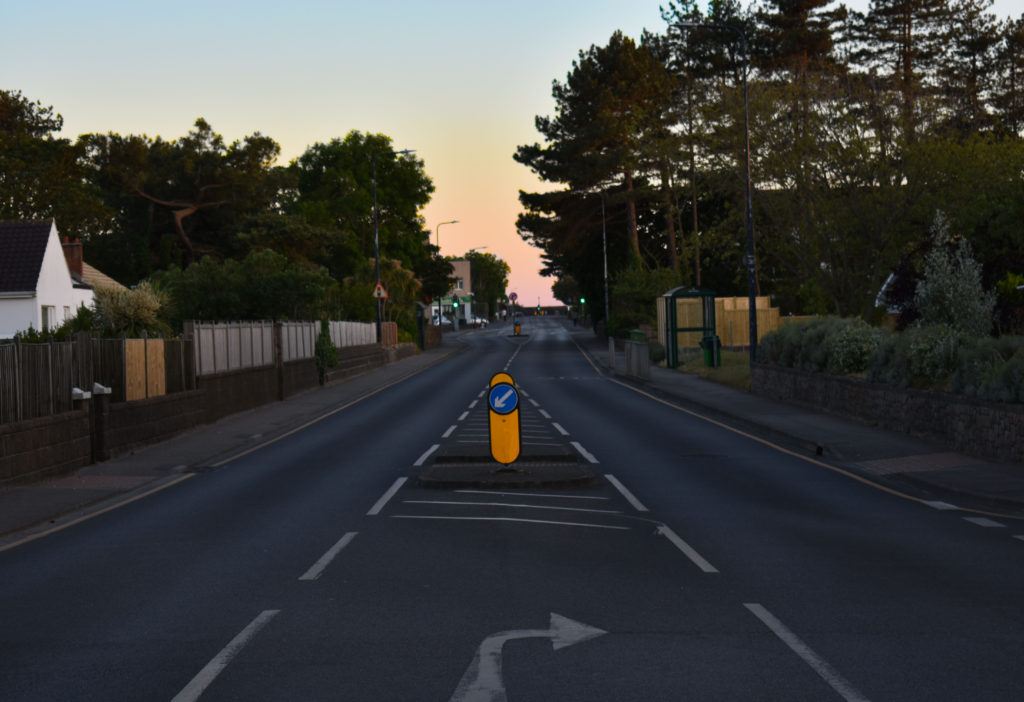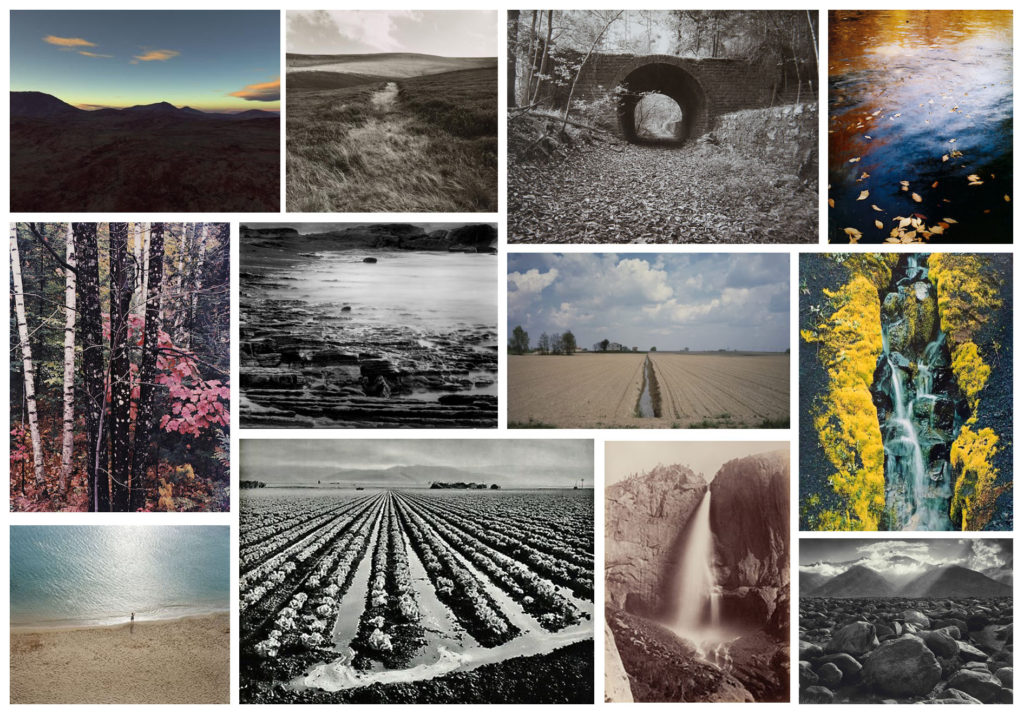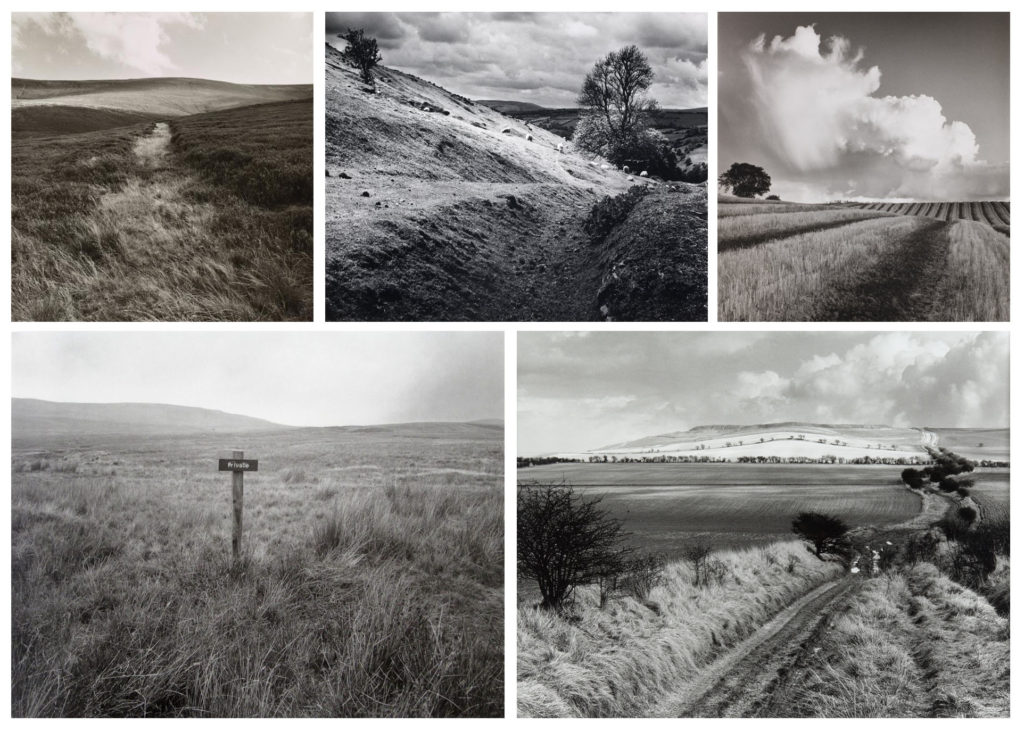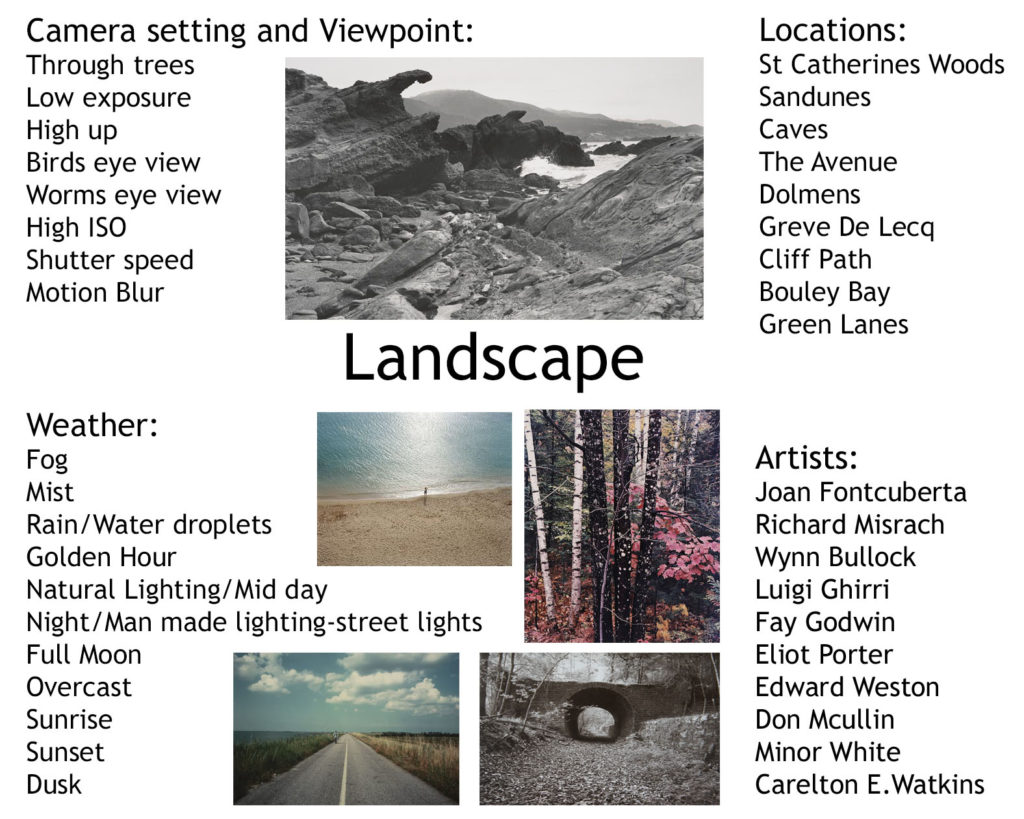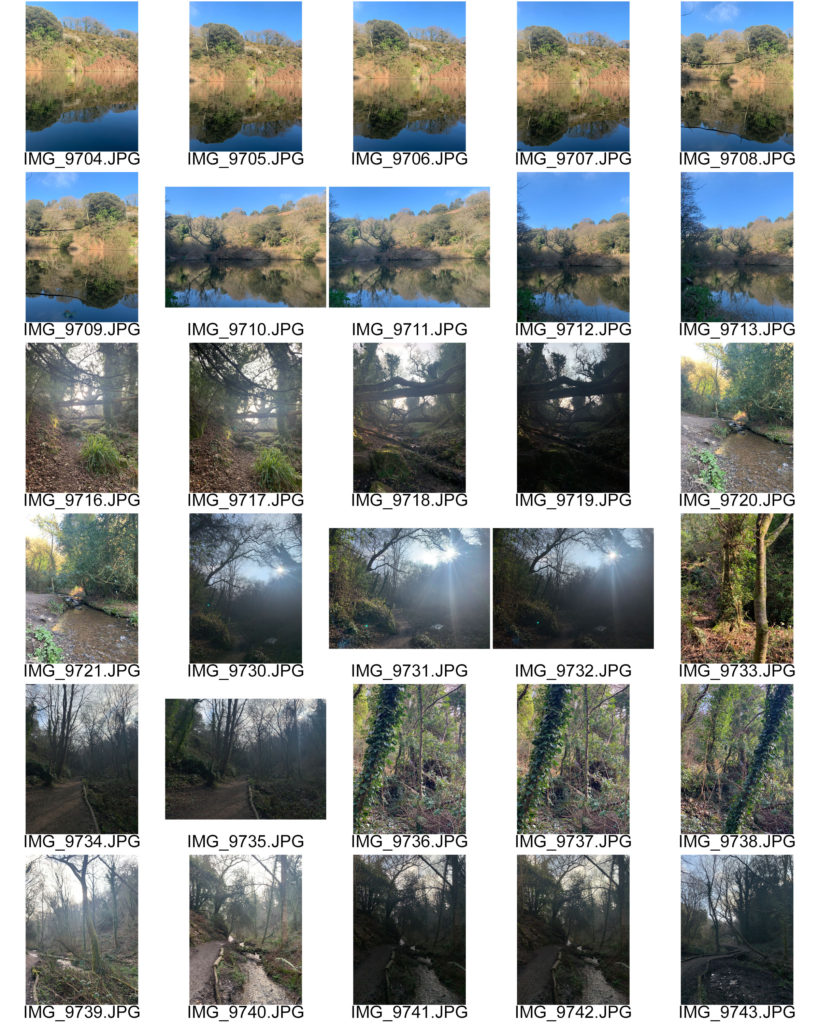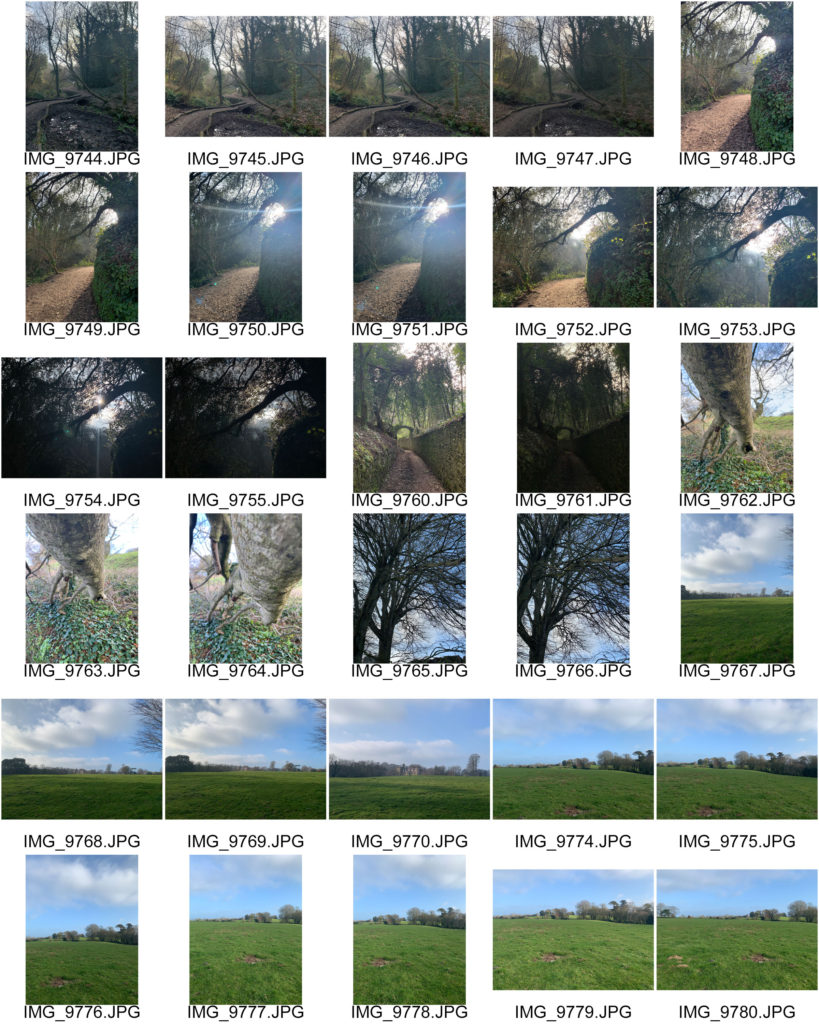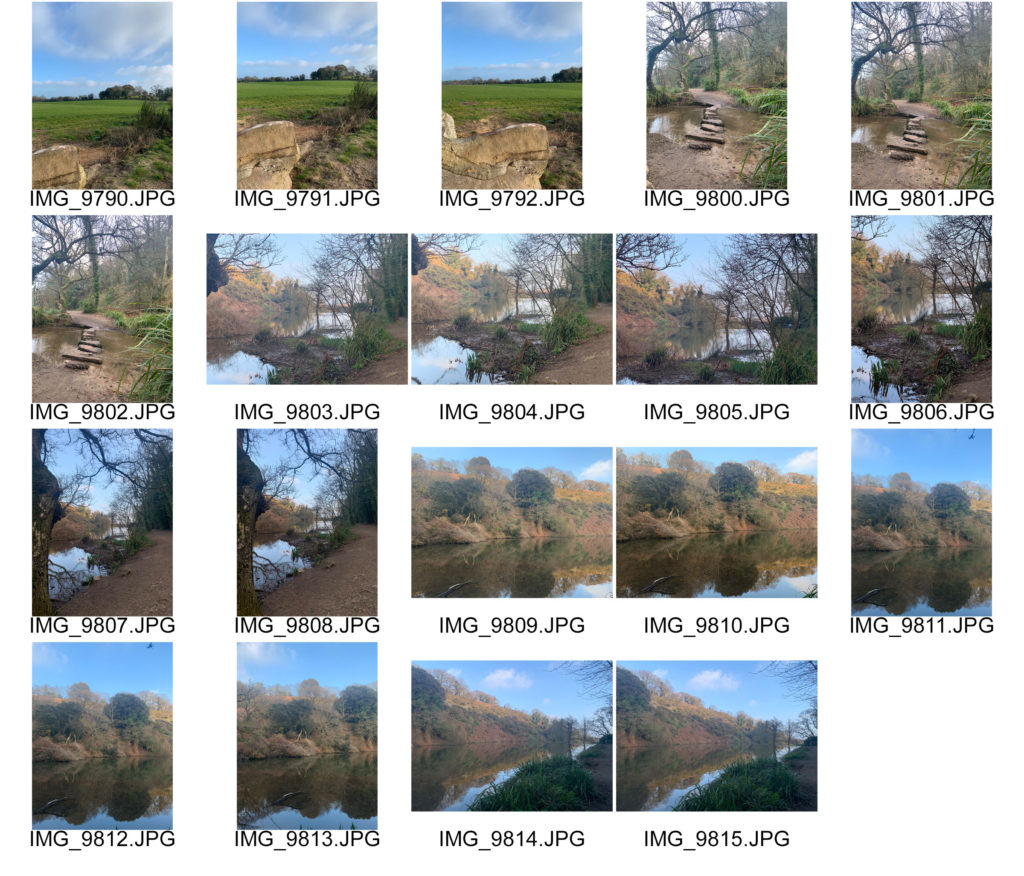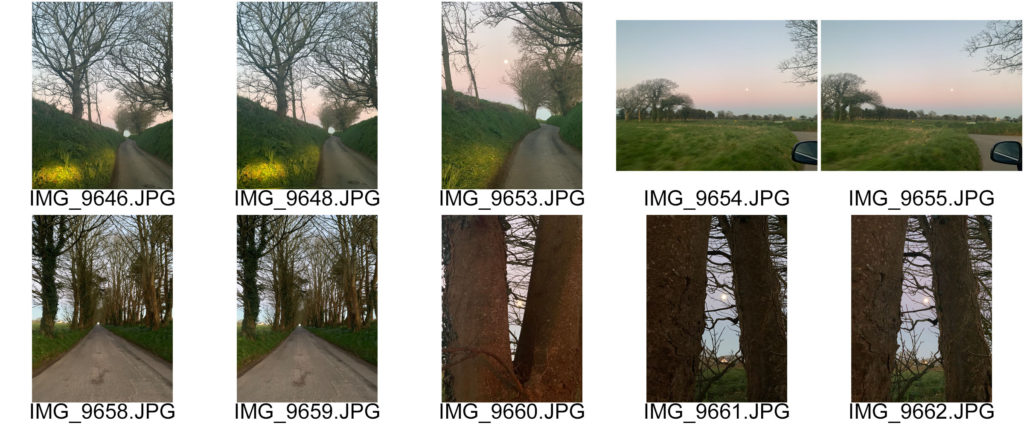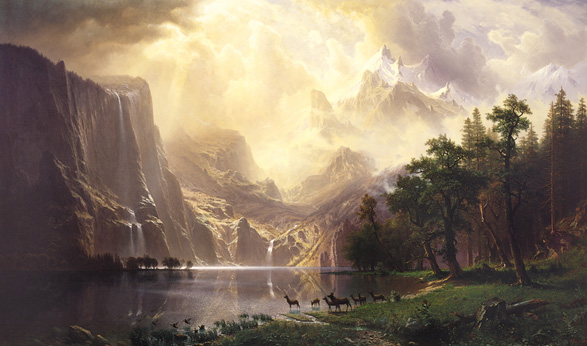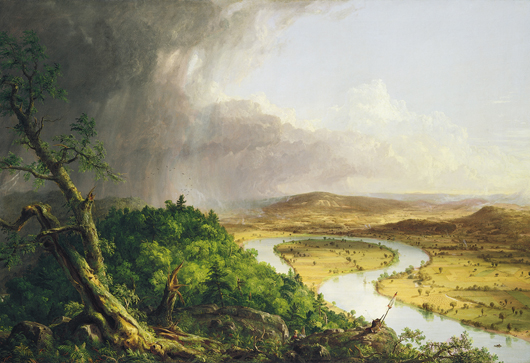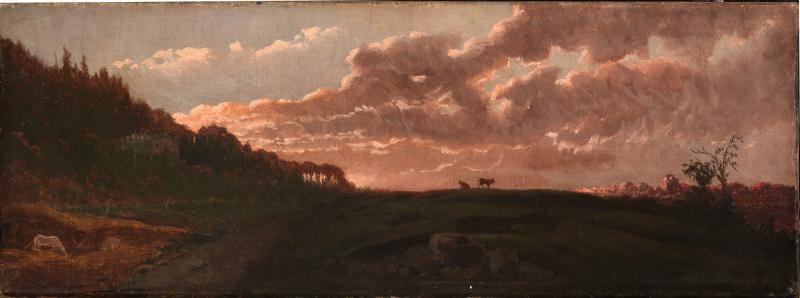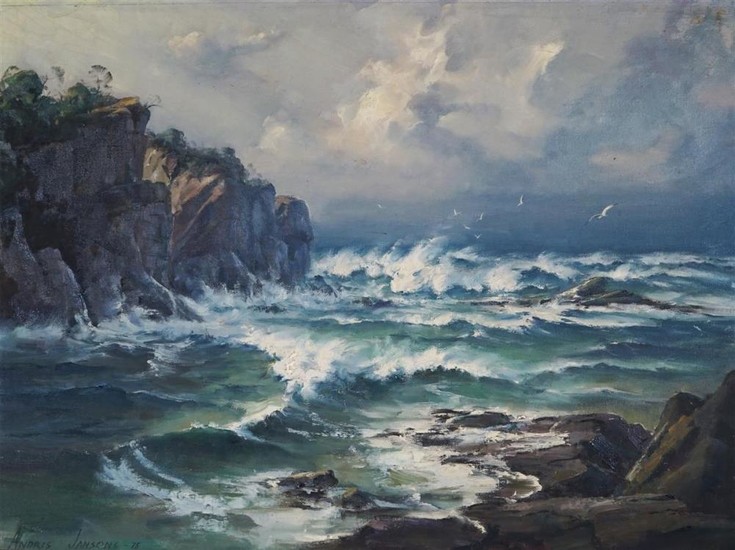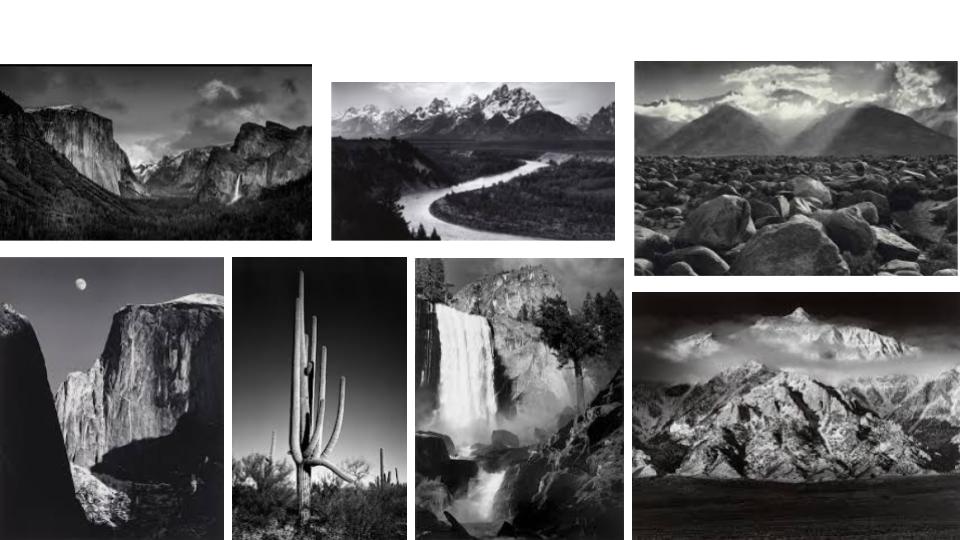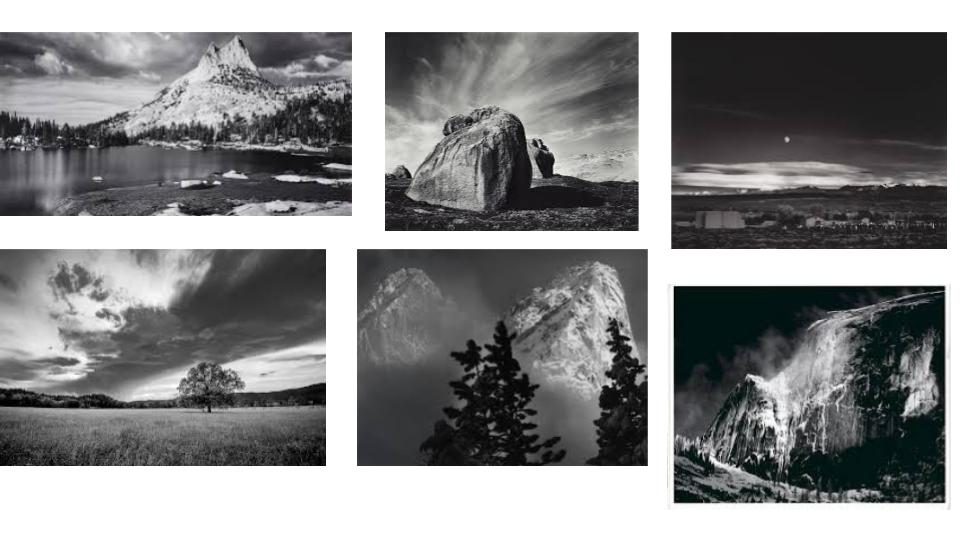Plan
Where – This photo-shoot is going to take place in local roads/pathways around jersey such as St.Brelades, St.Peters and St.Ouens.
When – This photo-shoot has been taken in the evening hence the low light in the images. It was on a Sunday evening to avoid as many cars and people as possible that interfere with my photos to capture the correct image I visioned in my head.
What – These images are going to be taken of long stretches of roads that lead out to what seems as ongoing land using soft and harsh lighting to create a more meaningful and interesting image. I am also going to capture nature that surrounds the roads which will make my images more interesting and will link to landscape photography better.
How – These images are going to be created by using low light in the day with a low angle shot by camera being as close to the floor as possible to get the best long shot. the camera settings are going to be as such exposure 100/200 , IOS 400/800.
Why – I have decided to do this to explore different objectives of landscape photography such as roads and tunnel ways.
Contact Sheets –
My Best Images
Analysis
These images create an intriguing view as the lines in the image focuses down through the road which leads your eyes to the end of the photo. The white scattered lines forms a symmetrical line where the right side and left side of the image roughly look the same as each other in the last two images. The trees in the bottom two images create a tunnel like passage which grows long and thin to roughly the middle of the image. The natural sunlight falls down the image from the sky creating soft and harsh light parts on the roads and paths. The light that pokes through the trees in the above images seems to be the only part of the image which is the lighter tone. This means that darker tones over rule the images themselves. A subtle sunset in the distance fades down to more vibrant colours. The greens found in the trees and plants surrounding the roads in all images vary from darker to lighter tones. Shadows from the over leaning trees forms darker patches on the roads. This reduces the amount of light that floods the area, leading to thinner lines/parts of sunlight and highlights. silhouettes of trees seem to be common in lower light as the camera focuses on the lighter areas of the image. The roads are positioned to take up half or less of the bottom half of the image. This gives of the endless road feel. With all images being either with buildings or not , they all have a sense of nature and happiness to them. Whether this be the greenery surrounding the image or the light sunset, The all seem to have questions to ask about them such as where do these roads they lead to? Or where do the end?
Evaluation
This photo-shoot definitely was the most effective shoot I have done as hours of work went into it. Travelling around the island to find long roads and trying to keep the same amount of lighting in each one was a mission itself. Spending ages to get the road with no cars was a waiting game and then finding the right time to lay in the middle of the road to capture the best shot. These images all have different points of view. Whether it being a warm or cold temperature to them or the scenery to be different such as nature surroundings or buildings. Thy all have that long stretch of road that expands outwards. If I was to do this photoshoot again I would expand and explore the different weather situations rather than keeping it to be warm and bright colourful skies with using the golden hour of sun.

